Comets and Asteroids – Hunting down Potentially Hazardous Objects
Introduction
It is estimated that meteoroid impact events like the one that occurred over Tunguska, Siberia, in 1908, occur perhaps every 1000 years although this only a very approximate estimate. The Tunguska event caused a massive air-burst explosion which is believed to have released energy approaching that of the largest nuclear weapons ever detonated. It caused immense damage on the ground with 2000 square km of forest felled as well as some possible fatalities, although the area was luckily mostly unpopulated. Several eyewitness reports indicate the impact was blindingly bright from a far distance and left a large trail of smoke in the sky. Estimates for the size of the object responsible for the Tunguska event place it at approximately 100 meters diameter.
Because of what happened in 1908, astronomers and policy makers, are keen to prepare for the next such occurrence. In recent times there has been considerable effort in finding potential earth impactors by means of sky surveys conducted by professional and even some amateur groups. In this article I will discuss these efforts.
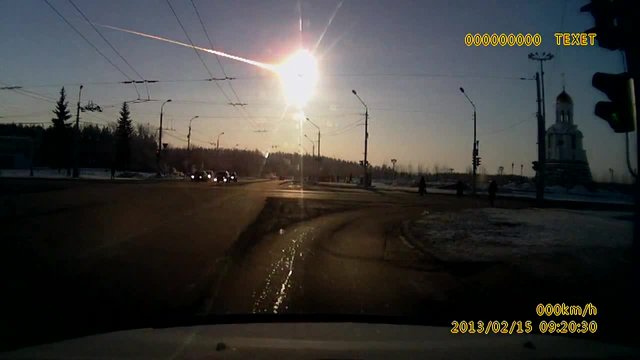
Chelyabinsk Meteor, Feb 13, 2013, was a 20 meter class object, that although much smaller that the 1908 Tunguska event, still generated enough energy in an airburst to cause widespread window breakage across the Chelyabinsk Oblast. Credit:Aleksandr Ivanov
PHA’s (Potentially Hazardous Asteroids)
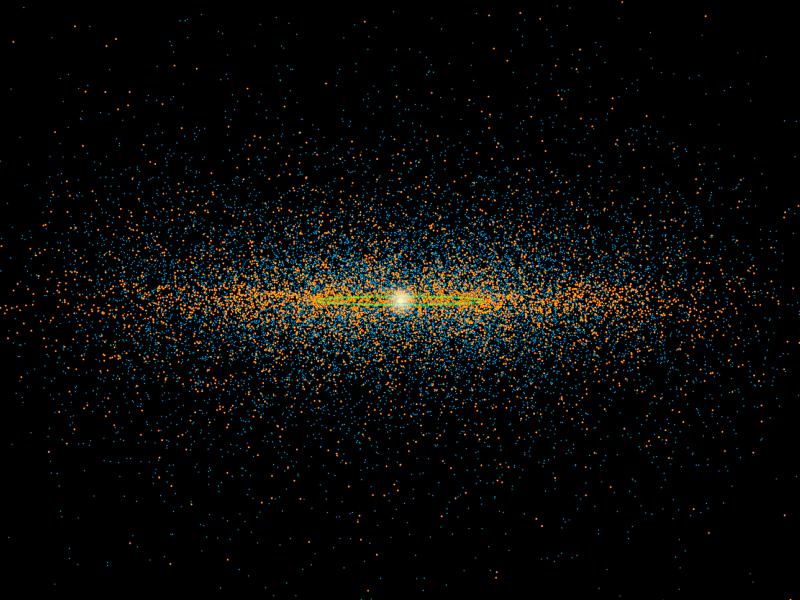
NASA's NEOWISE project estimates that there are around 5000 PHA (Potentially Harmful asteroids) in existence), as of writing just under 1900 have been found. The orbit of Earth can be just seen in this view which plots the distribution of simulated PHA’s. Credit:NASA/NEOWISE.
PHA (Potential Harmful asteroids) are defined as objects at least 140m in diameter than can come within 0.05 AU (Astronomical unit) or 7.5 million km of the earth. An earth impact from one of these objects would exceed the energy released by the Tzar Bomba (the largest Nuclear weapon ever detonated). These are objects we need to keep tabs on, and in total 1900 PHA’s have been identified with perhaps another 3000 yet to be found. You may breathe a sigh of relief that none of them are predicted to strike in the foreseeable future!

Distribution of Discovered versus Undiscovered PHA’s. The current goal is to find at least 90% of all PHAs, currently we have found 30-40%
The question arises on how do we find the remaining PHA’s? The answer to this question is that we continue to sweep the skies using powerful survey telescopes.
Existing Asteroid Surveys
A number of Sky Surveys are currently being run across the globe, with the most successful being the Catalina Sky Survey and the PANSTARRS survey. In addition to the main prize of finding PHA’s these surveys also find most of the new asteroids and comets. The term NEO (Near Earth Object) is used extensively with these surveys and this simply refers to asteroids and comets that pass within 1.3 Astronomical Units of the sun.
Catalina Sky Survey
The Catalina Sky Survey is currently the most successful Sky Survey dedicated to NEO discovery (PANSTARRS has other objectives in addition to NEO surveys). It uses 2 telescopes located high in the mountains of Arizona to scan the night sky for moving objects. Up until 2013 they had a 3rd telescope operating at Siding Spring in Australia but sadly it was halted due to lack of funding. All up the Catalina survey has found over 17000 asteroids as well as over 300 comets.
The first of two instruments used by the Catalina Sky Survey is a 1.5m aperture telescope (pictured above) with a focal length of 2.4m is equipped with a large cooled 111 Mega Pixel CCD. Although this Megapixel count is quite impressive it is the size of the sensor that is more impressive, with the active sensitive area measuring 95 x 95mm, or over 10 times the size of a full frame DSLR sensor in area. In terms of equivalency to a full frame 35mm format DSLR, think of this telescope as equivalent to an ultra-fast 800mm focal length F0.5 lens!
The impressive CCD sensor used with the Catalina Sky Survey’s 1.5m aperture telescope. Courtesy: Semi Conductor Technology Associates
In a single night the G96 telescope examines 1000 square degree area of sky, which represents about 2% of the area of the entire sky. Generally, survey telescopes do not operate lower than a 30-degree angle from the horizon because atmospheric conditions deteriorate dramatically below this, reducing the effectiveness of the survey. The faintest objects visible in the images are magnitude 21.5, which is at least a million times fainter than the faintest stars visible to the naked eye.
Catalina also use another much smaller 0.7m aperture telescope (“703”) which is designed to cover 8% of the entire sky in one night, albeit not to the same sensitivity as the larger G96 scope. All up these 2 telescopes allow the Catalina Sky Survey to image 10% of the entire sky in a single night! You can track what G96 and 703 have surveyed by going to The Minor Planet Center webpage and viewing the Sky coverage plots, the URL is https://www.minorplanetcenter.net/iau/SkyCoverage.html .
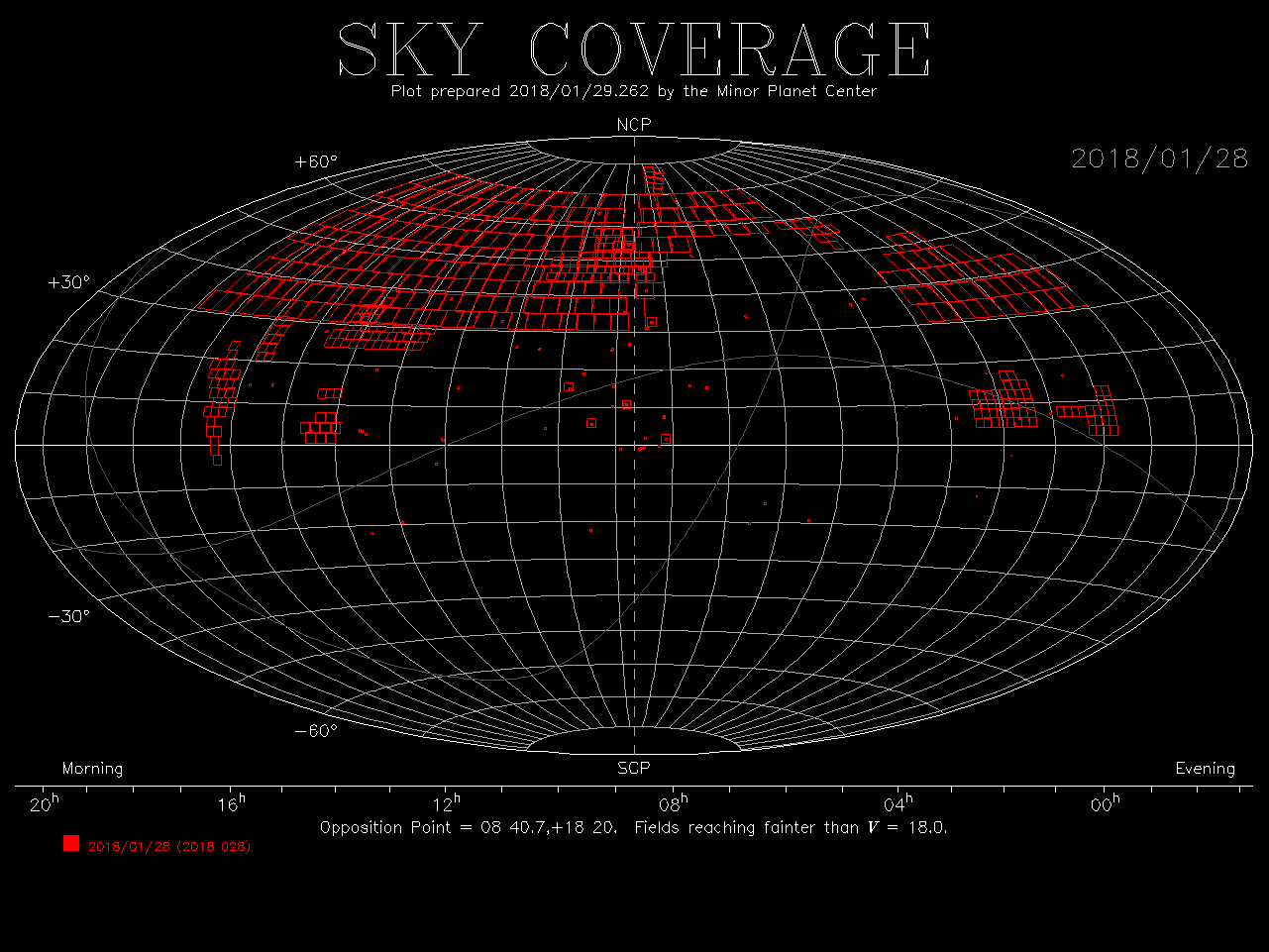
Plot of sky coverage for Catalina for a single night on Jan 28, 2018. This diagram represents the entire sky, with the red boxes indicating portions of the sky that have been examined for that night. Courtesy Minor Planet Center
Noteworthy Events
There are some interesting events in the past as well as the future relating to near miss or planetary impacts. Here are examples.
Apophis – Close approach to Earth in 2029
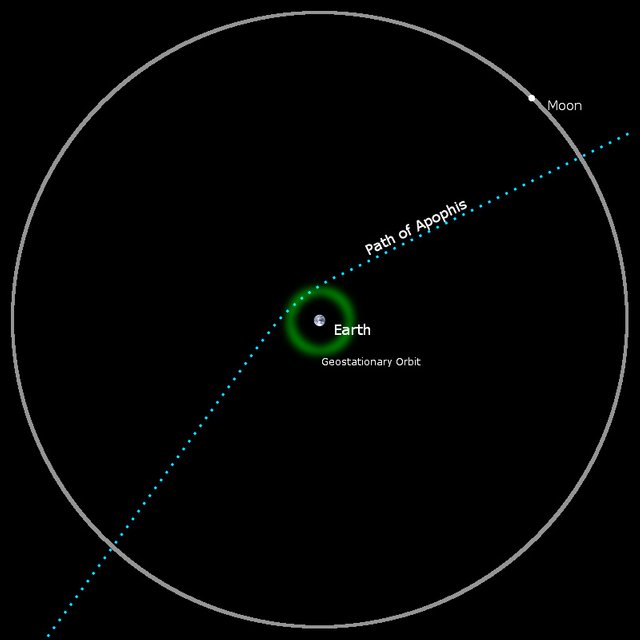
The path of Apophis on April 13, 2029, takes it to within the distance of geostationary satellites and the earth will significantly perturb it's orbit. The relative size of the earth is shown to scale
Earlier I mentioned that there were no foreseeable collisions with PHA’s, however there is a close approach on April 13, 2029, with the asteroid 99942 Apophis. This is an exceedingly rare event for a 300m diameter asteroid, but there is no chance of collision and it will miss us by at least 31,000km. Even, so observers in the right location on earth should be able to see the asteroid as a steadily moving star in the night sky without any optical aid.
Impact of Comet Shoemaker-Levy on Jupiter
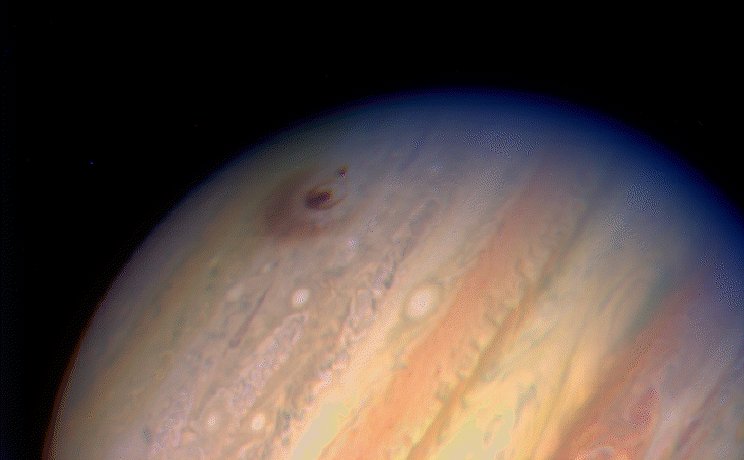
Hubble Telescope image shows dramatic image of the D and G impact sites on Jupiter, July, 1994. Credit: STScI/NASA
Another special event worthy of mention is the impact event of Jupiter with Comet Shoemaker-Levy in 1994. It is without a doubt the most impressive planetary impact in recorded history as fragments of Comet Levy-Shoemaker rained down over Jupiter for several days in July 1994. The dark marks left on Jupiter were so large they could be easily be seen in a small telescope for weeks after the impact.
Discovered in 1993, the comet had already had a close encounter with Jupiter. This had caused the comet to be torn apart by tidal forces. The image below shows comet stretched out in a line, but higher resolution images showed it to be made up of individual fragments.
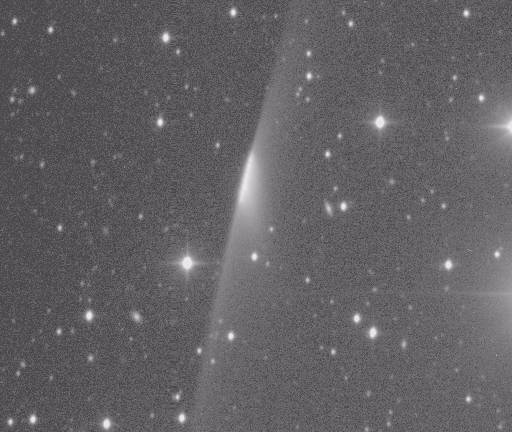
Conclusions
The aim of this article was to give readers an overview of the real risk of impacts from minor planets as well a little bit of background on what is being done to find these potentially hazardous objects. I hope I achieved that, and in a future article I will discuss my own survey which is geared to finding comets rather that asteroids, but this article will provide some context for some of the methods I employ.
Glossary
| Term | Abbreviation | Meaning |
|---|---|---|
| Astronomical Unit | AU | 1 Astronomical Unit is the mean distance between the sun and earth (149,600,000km) |
| Near Earth Object | NEO | An asteroid or comet that passes within 1.3 AU of the sun |
| Potentially Hazardous Asteroid | PHA | An asteroid that can pass within 0.05AU of the earth and is at least 140m diameter |
| Minor Planet | Not.Applicable | An asteroid or Comet |
References
- Morrison, D., Chapman, C. R., Steel, D., and Binzel R. P. “Impacts and the Public: Communicating the Nature of the Impact Hazard” In Mitigation of Hazardous Comets and Asteroids, (M.J.S. Belton, T.H. Morgan, N.H. Samarasinha and D.K. Yeomans, Eds), Cambridge University Press, 2004
- S. G. Djorgovski, A.A. Mahabal, A.J. Drake, M.J. Graham, and C. Donalek. Sky Surveys.
- PIA17041: Orbits of Potentially Hazardous Asteroids (PHAs). https://photojournal.jpl.nasa.gov/catalog/PIA17041
- NEO Basics. https://cneos.jpl.nasa.gov/about/neo_groups.html
- List Of The Potentially Hazardous Asteroids (PHAs). https://www.minorplanetcenter.net/iau/Dangerous.html
- Number of undiscovered near-Earth asteroids revised downward. https://phys.org/news/2017-10-undiscovered-near-earth-asteroids-downward.html
- A.Mainzer (2012). Characterizing Subpopulations within the Near Earth Objects with NEOWISE: Preliminary Results. https://arxiv.org/pdf/1205.3568
- STA1600LN 10560 x 10560 Element Image Area CCD Image Sensor. http://www.sta-inc.net/wp-content/uploads/2010/08/STA1600LN_011614_v3.pdf
- Sky Coverage Plots.
https://www.minorplanetcenter.net/iau/SkyCoverage.html
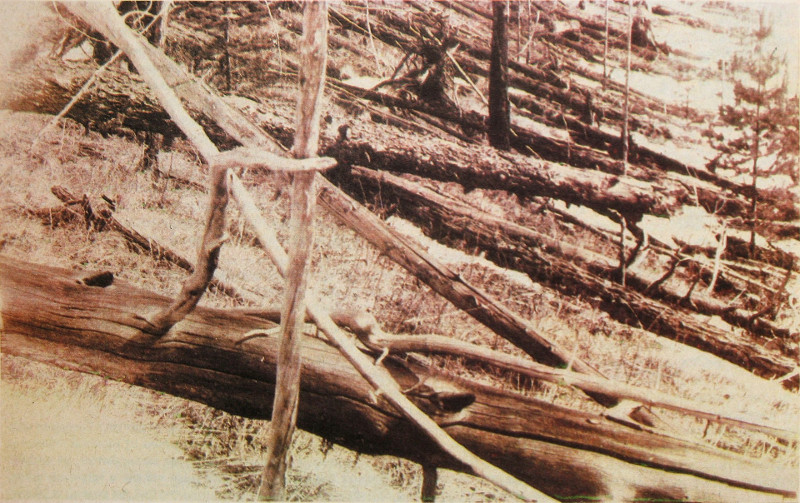
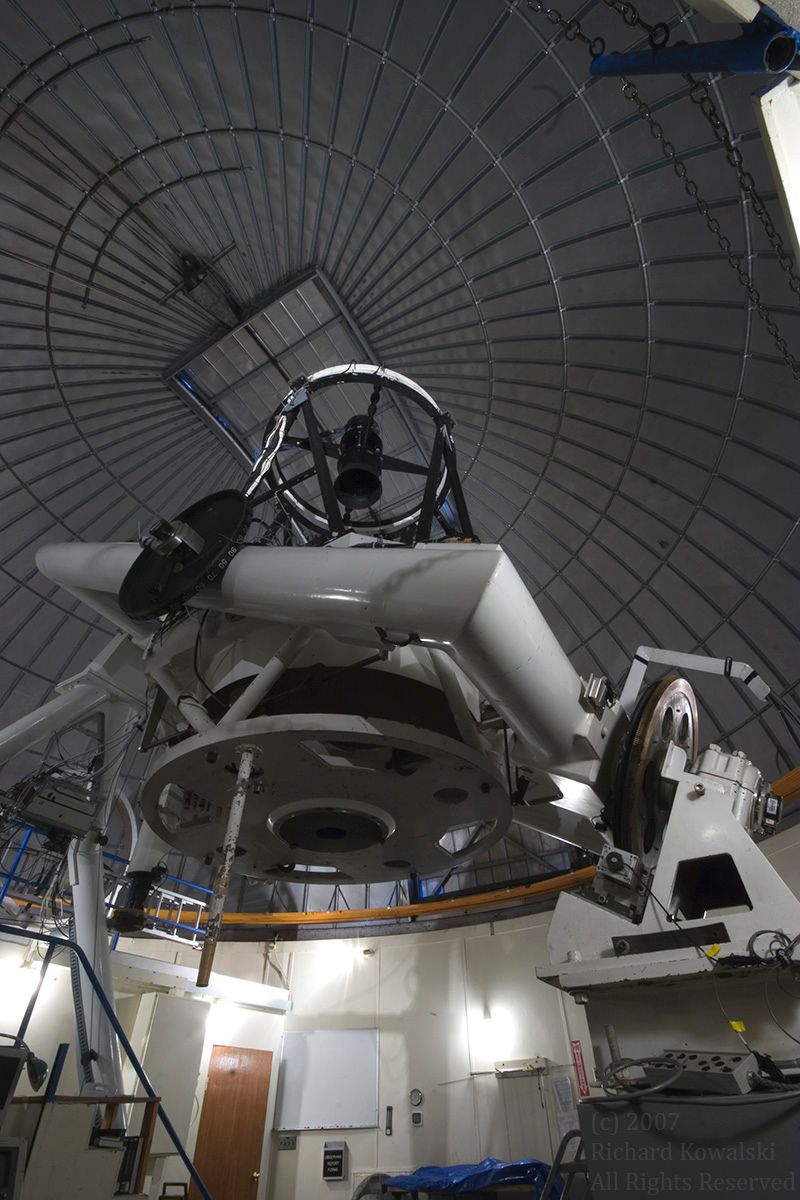
Being A SteemStem Member
Thank you for writing this very informative article. I had no idea until very recently how often meteors come close to hitting the Earth. One exploded over Michigan a couple weeks ago near my home. The boom and the shake were unreal!
Yes I read about that!
Excellent article as usual. That Apophis close approach to within GEO is insane. I wonder if there will be some sort of mission to it planned when it approaches - I doubt that a landing is possible due to the massive relative velocity, but when a simple satellite in GTO can get pictures of an interplanetary asteroid there has to be something to do for some good data/research.
I would really hope they can try to intercept Apophis, maybe they can repurpose a satellite for a mission. At this stage I'm not aware of any plans to intercept it, but that could change. Best viewing seems to be Africa all the way up into Europe where it should be pretty easy to see with the naked eye - will look like a slow moving satellite.
In the future, we could extract as many resources as possible from PHAs before destroying them before they threaten us. Asteroids may be dangerous, but they do have quite a bit of resources that we could use!
The good thing about identifying a potential future impact is that we should be able to do it years, maybe decades in advance so that it will only need the slightest nudge to prevent the impact. And yes there are also a lot of resources we could use and mine.
Hi, I found some acronyms/abbreviations in this post. This is how they expand:
I like my explanation better :) NEO = An asteroid or comet that passes within 1.3 AU of the sun